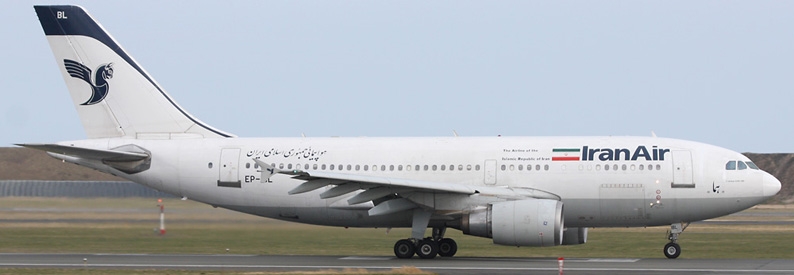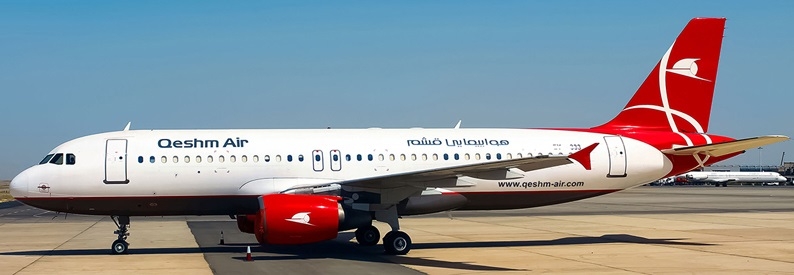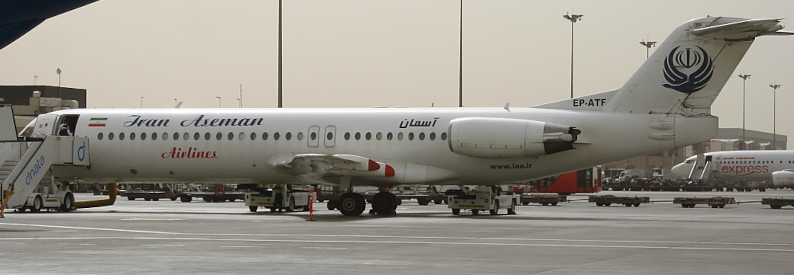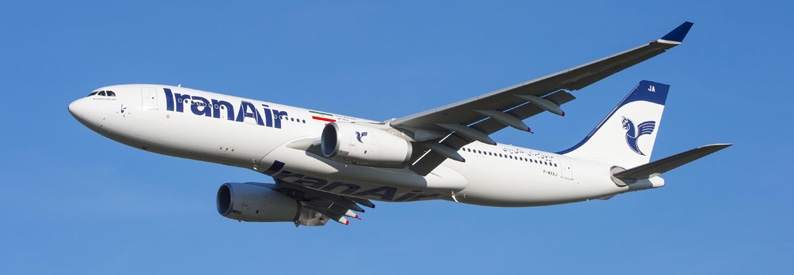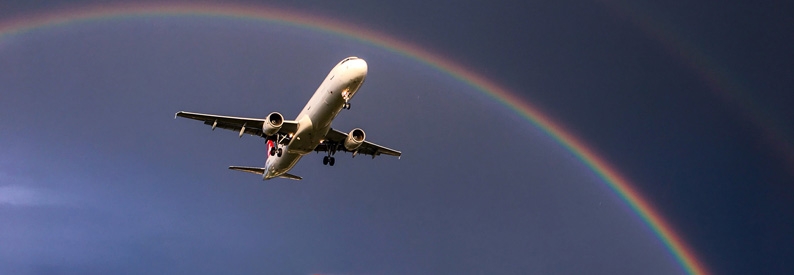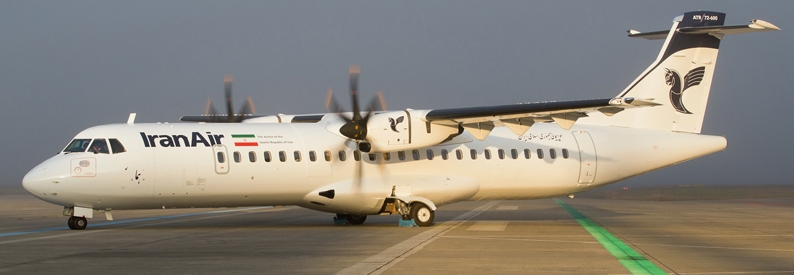Talks in Vienna aimed at reviving a 2015 deal with Iran, which would give sanctions relief in exchange for curbs on Tehran’s nuclear programme, have included the acquisition of Airbus and ATR - Avions de Transport Régional aircraft, the chief executive of Iran’s Civil Aviation Organisation (CAO), Mohammad Mohammadi-Bakhsh, revealed at a news conference in the Iranian capital on March 16.
In light of signs of advancement in the talks between Western powers and Iran in recent weeks following prolonged deadlock, Mohammadi-Bakhsh claimed that Iran had already purchased ten passenger aircraft over the last three months with an average age of 15 to 20 years.
The CAO, he added, is also currently negotiating with the two European manufacturers to supply the equipment and parts the country’s beleaguered airlines so badly need.
“Our negotiations for the supply of aircraft parts are being pursued simultaneously with the negotiations to revive the nuclear deal,” he clarified.
Stressing that the authority has a specific strategy to resolve the Iranian aviation sector’s travails due to its isolation in recent times, he said: “For the last 42 years, despite the toughest sanctions, the aviation industry has survived. Despite four decades of sanctions, we have provided the services and met the needs of airlines by using local capacities for repairs and the supply of parts.”
At IranAir (IR, Tehran Mehrabad), seven of its ATR turboprops are currently active, Mohammadi-Bakhsh said, which means that six are in maintenance. Normally around the world, no more than 25% of an airline’s fleet should be in maintenance at any one time, he added, but seven active ATRs is not far off this target.
According to the ch-aviation Commercial Aviation Aircraft Data module, out of a total of 43 aircraft in IranAir’s fleet, thirteen are ATRs, specifically ATR72-600s, six of which are currently active. Of the 43, 20 are known to be active and operational, the rest being two A300-600Rs, one A300B4, one A310-300, one A319-100, two A320-200s, one A321-200, two A330-200s, one B747-200CM, and three F100s.
Derailed by the Trump administration, Tehran sought to reactivate its orders with Airbus, ATR, and Boeing soon after Joe Biden was inaugurated in January 2021, but progress has been slow.
In response to a question from the Iranian Labour News Agency, Mohammadi-Bakhsh said that the CAO had “informed the Western parties that if [the 2015 deal] is revived, we will enter into new negotiations by reviewing the provisions of the contracts, but since the Western parties have so many responsibilities we will not wait for contracts to modernise the fleet.”
Asked how the Airbus and Boeing contracts would be reviewed and whether IranAir had agreed to import more ATRs, Mohammadi-Bakhsh said: “It is natural that after five years views have changed. And we have to consider new expert opinions, but our most important issue is the continuation of support services. Both I and other aviation industry experts are against the import of more ATR aircraft - we believe that ATRs are not suitable for the Iranian climate and would not benefit the Iranian economy at that price.”
- Type
- Base
- Aircraft
- Destinations
- Routes
- Daily Flights

